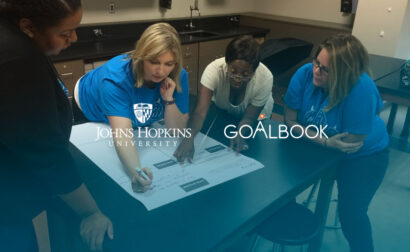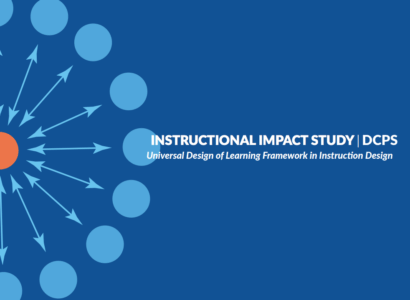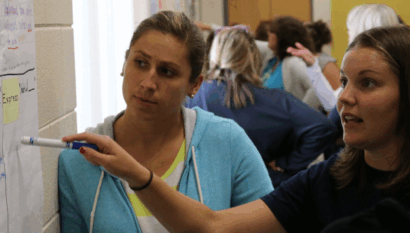
Thought Leadership




District Increases LRE from 48% to 70% in Just Two Years

High-Achieving District Overcomes Progress Monitoring Challenges

Higher Student Reading Scores Linked to Goalbook Toolkit Usage

Schools Improve Student Literacy Outcomes with Goalbook

Research Shows How Goalbook Impacts Instructional Coaching
View Goalbook Impact Study - DCPS

Goalbook Significantly Improves Instructional Planning, Research Shows
Download Case Study PALO ALTO, CALIFORNIA (Feb. 25, 2014) – When special...